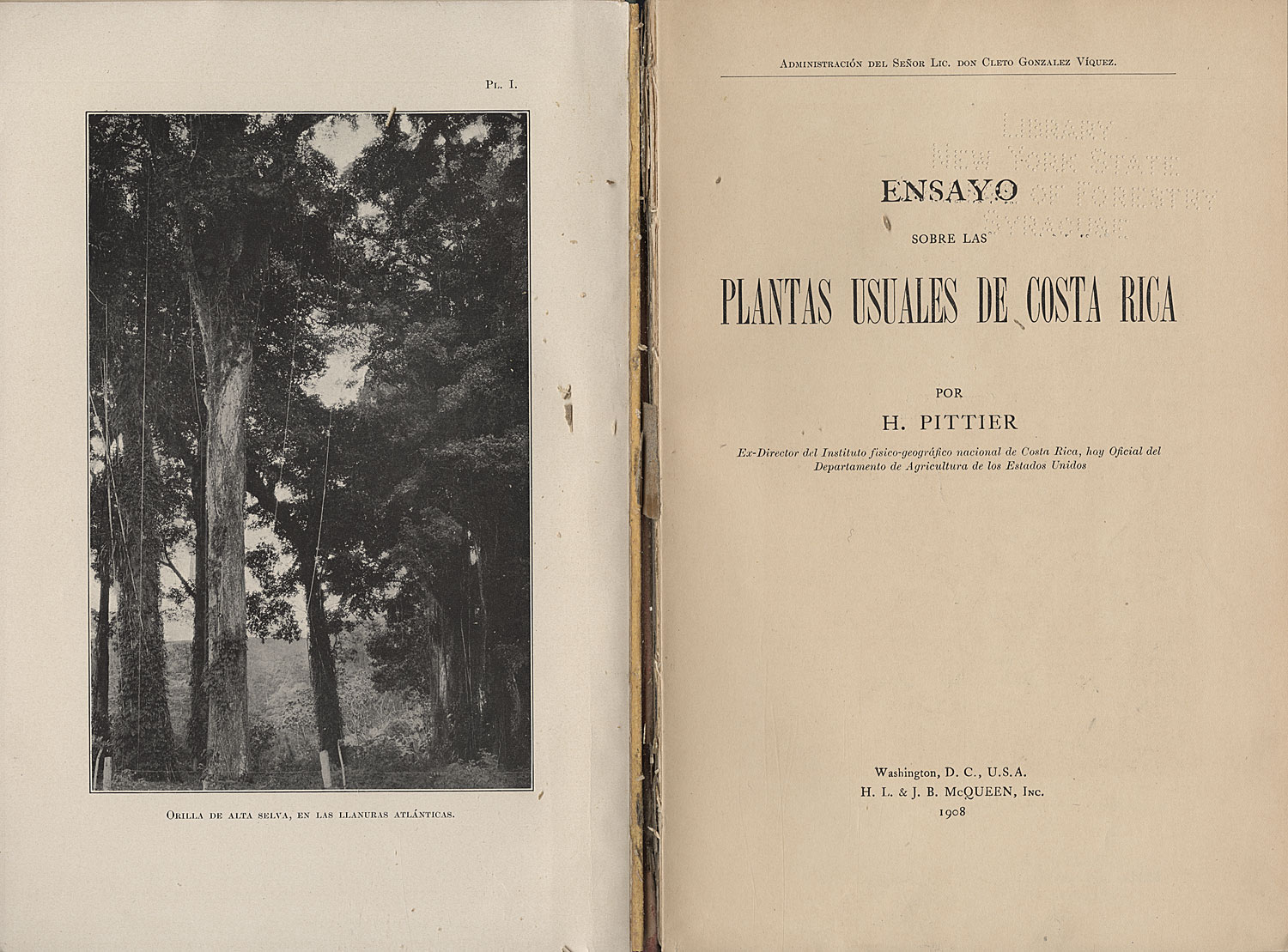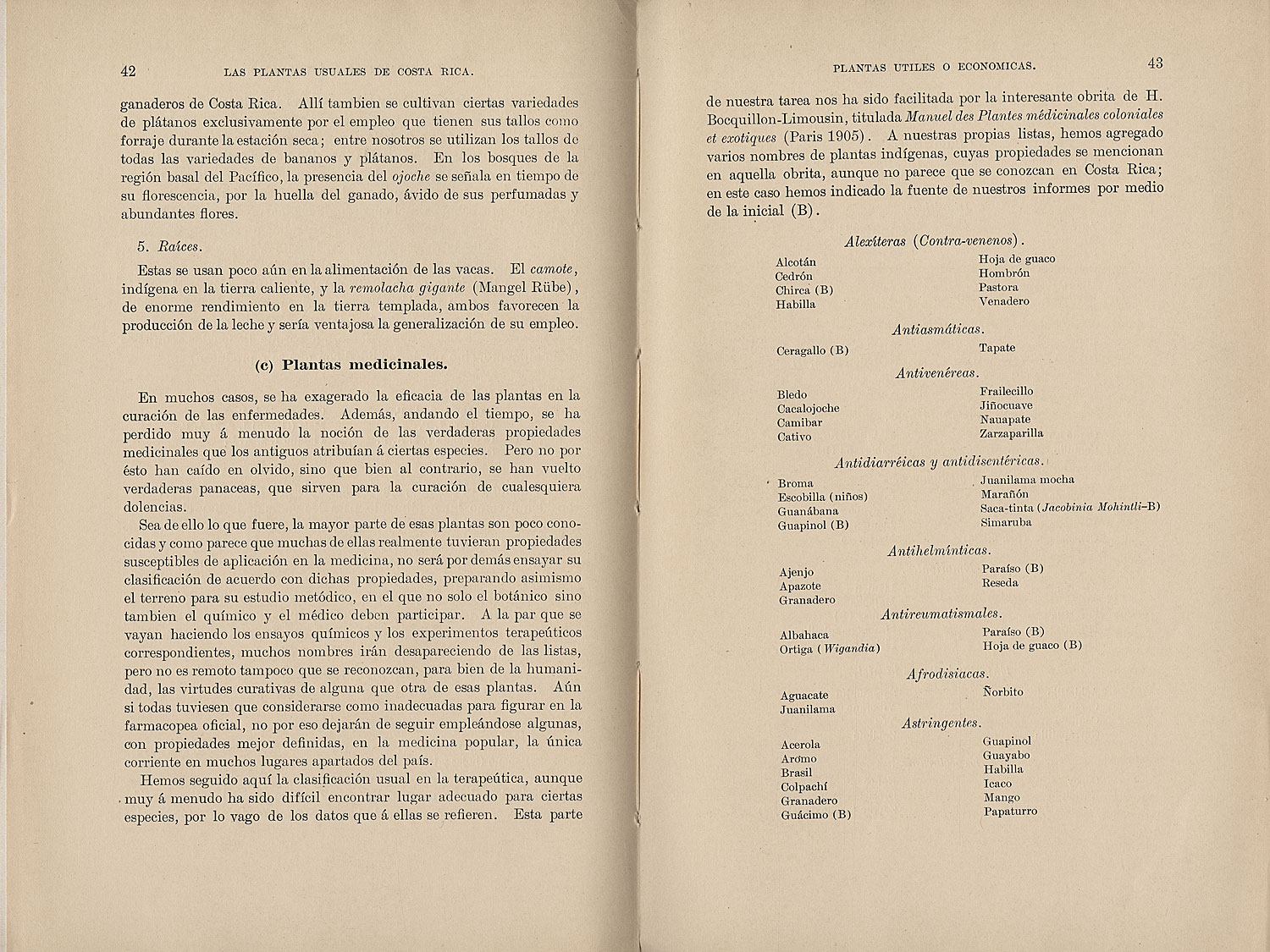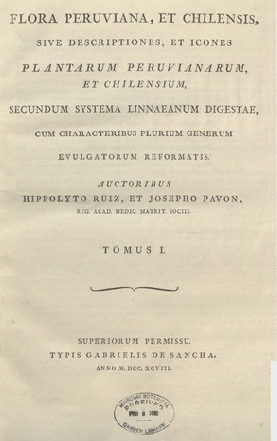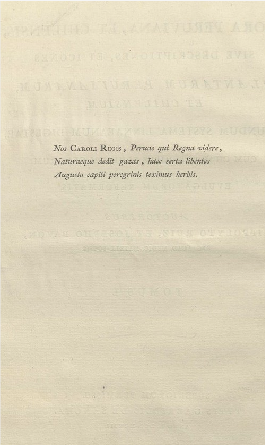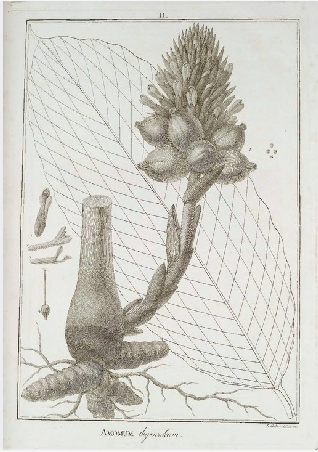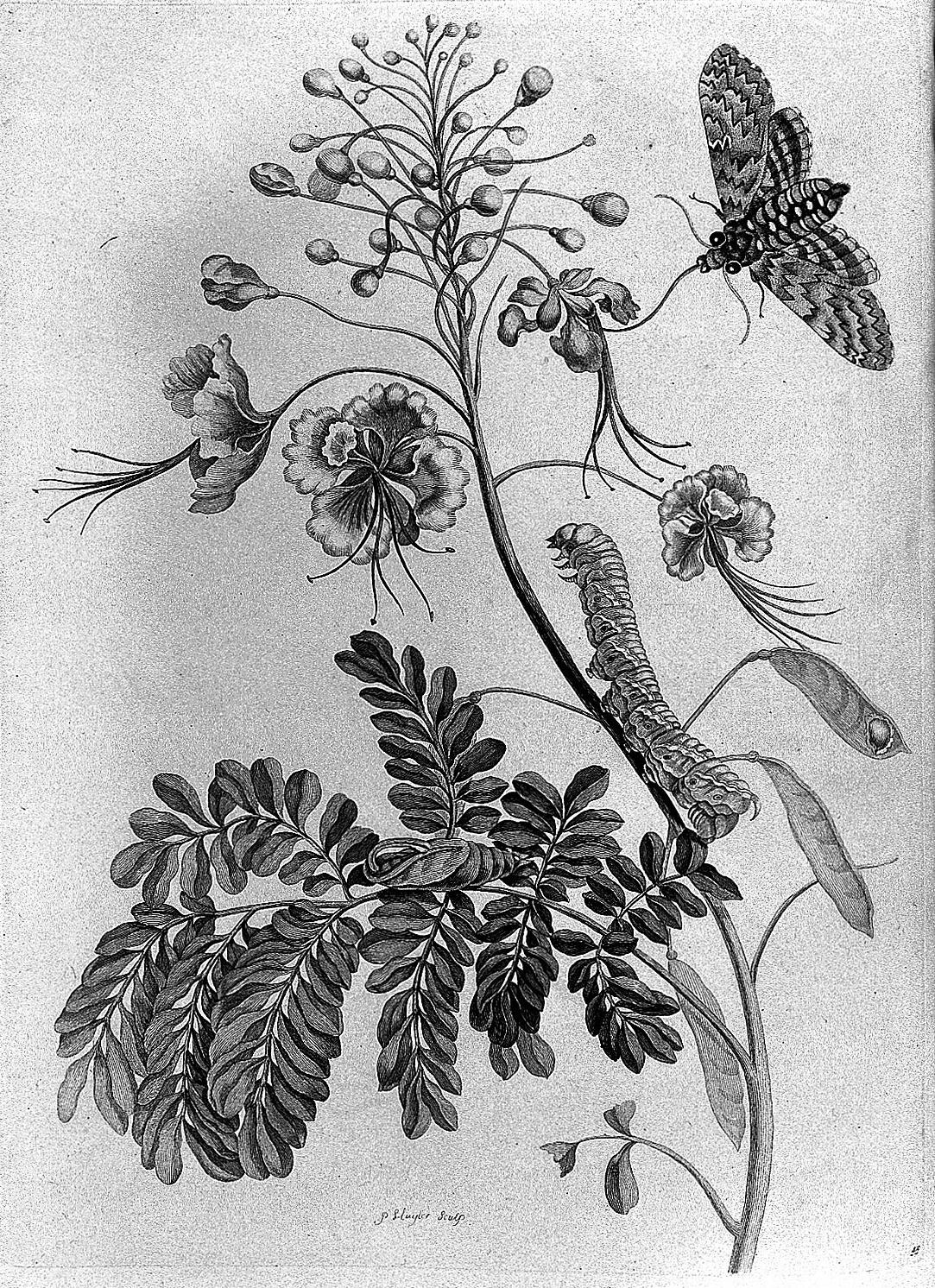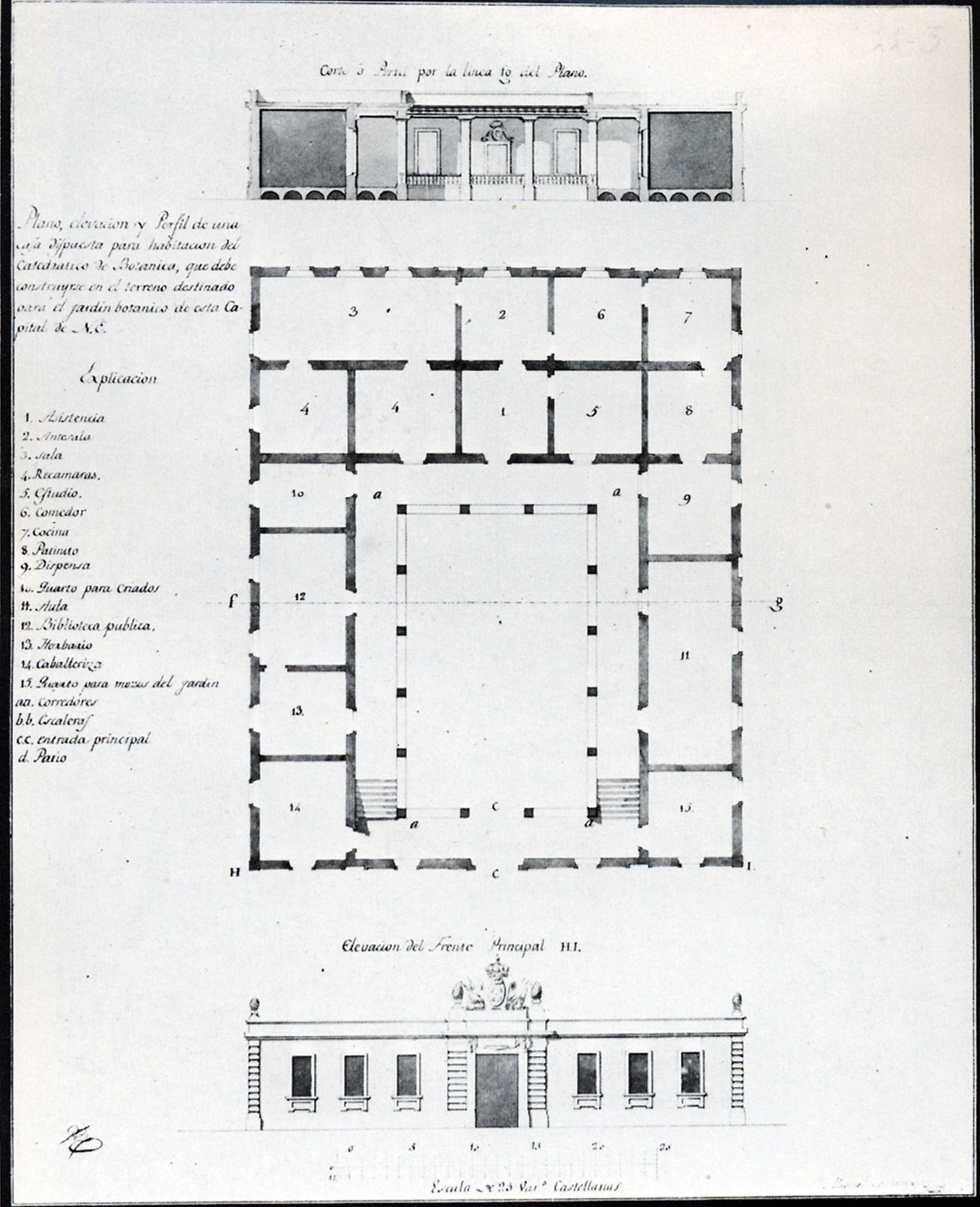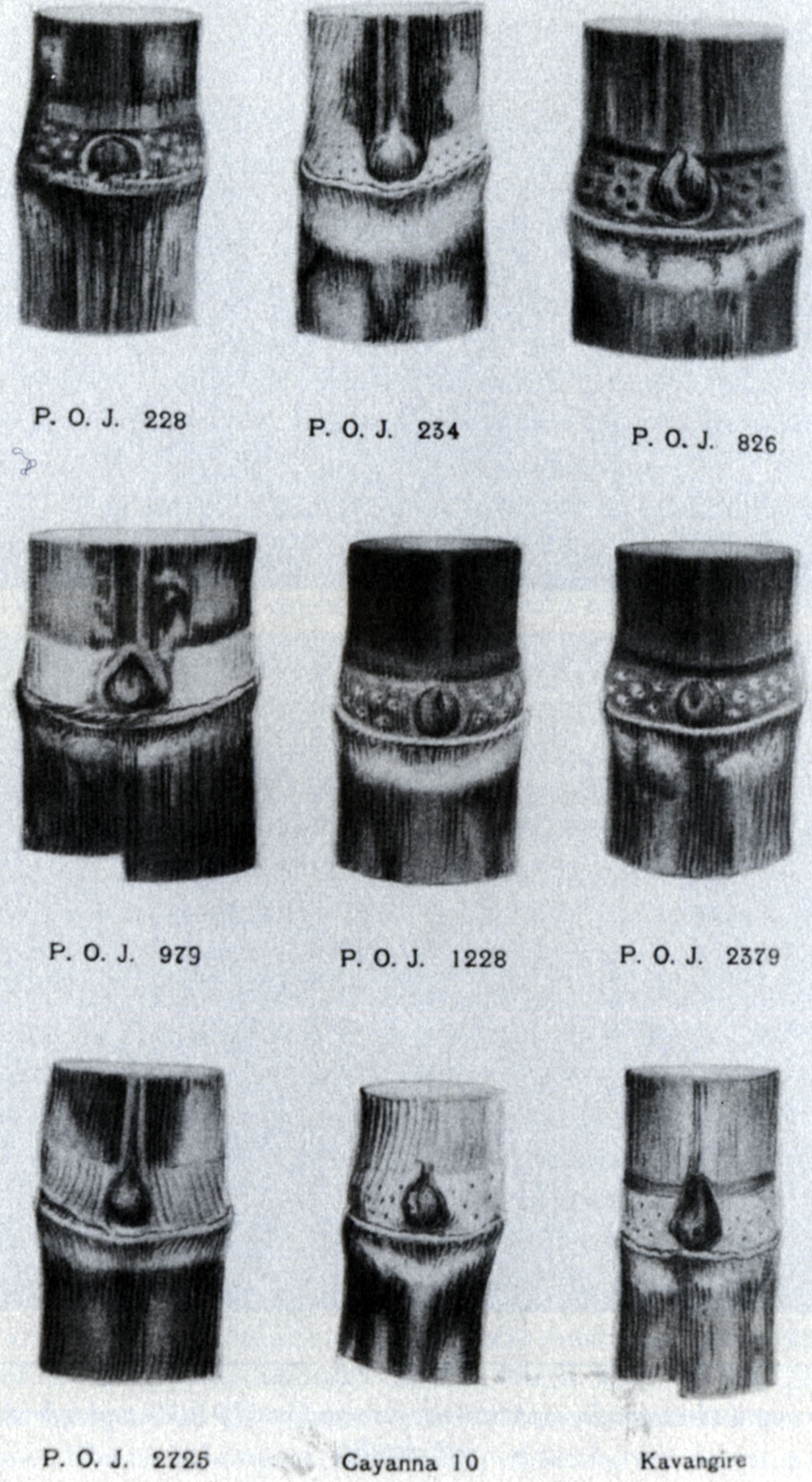Sugar, rainforests, cacao, bananas, rubber, palm trees, peyote, and the environment in general are all things that readily come to mind when considering the study of plant life of Latin America and the Caribbean. But what about medicine, empire, gender, art, nationalism, economics, slavery, and culture? Plants and the science of botany have proven capable of shaping societies in dramatic ways, and perhaps no region has felt the impact of botany more than Latin America and the Caribbean. This is due in part to the amazing variety of plant life found in the region's fields, forests, deserts, beaches, plains, mountains, and jungles, yet it also reflects tensions about who has power over the region and its nature and to what ends that power is applied. Far from merely collecting, classifying, and studying plants, botany in Latin America has changed not only that region's society, but has played a significant role in world history.
The botany of pre-Columbian Indian groups was in many ways similar to that practiced by Europeans. Both cultures paid special attention to medicinal herbs and the post-conquest Spaniards had a great deal of respect for indigenous knowledge in this field (see the source on the Badianus Codex). Indians throughout Latin America also studied, improved, and cultivated plants like cacao, coca, and maize that had economic, cultural, or practical value. Although pre-Columbian science included elements of religion, magic, and mysticism, many aspects of applied botany were driven by empirical research and development.
Throughout the colonial period, Spain and other European empires organized several botanical expeditions to Latin America and the Caribbean. Economic concerns were very important to these efforts: just as the explorers of the early conquest era sought mineral wealth, so too were naturalists encouraged to discover and reproduce plants that would be profitable exports ("green gold") or useful in some other way. Although Sahagun, Oviedo, and others described and collected many plant specimens in the early colonial era, the heyday of colonial botanical expeditions was in the late eighteenth and early nineteenth centuries. The Bourbon monarchs sent Linnaean botanists to New Spain, New Granada, and Peru (all of which are noted in the sources) in an effort to apply Enlightenment science to the enrichment of the Spanish empire. According to historian Londa Schiebinger, Enlightenment botany included the (subsequently differentiated) fields of applied botany, agriculture, and horticulture to find renewable sources of revenue from Europe's American colonies. Thus botany served European empires by identifying and reproducing sources of food and medicine, finding domestic (within the empire) substitutes for imported goods, and transplanting various plant species so they could be grown by and for a given empire (Schiebinger 2004).
Some plants that were studied and cultivated in the Americas were decisive in shaping local and, to a large degree, international society. In the Caribbean, sugar made the islands into plantation slave societies yet, by the late nineteenth century, abolition, a variety of plant diseases (like the mosaic disease in the sources), and competition from sugar beets threatened to make sugar production irrelevant on islands like Barbados. Geographer J.H. Galloway noted how, in the early twentieth century, British botanists produced new varieties of sugar that allowed Barbadian cane to remain economically viable. Such botanical innovation not only created an excellent source of revenue that allowed Great Britain to continue to fund its Caribbean empire, but it ensured that sugar continued to be the primary shaper of the region's economy, society, and environment for many more decades (Galloway 1996).
Although European powers still had some control over the form of Latin American botany, by the late nineteenth century the region's flora had come to be dominated by the U.S. and nation states within Latin America itself. As seen in the topic on Harvard's Biological Station in Cuba, U.S. economic and political hegemony in the South encouraged U.S. botanists to "extract" botanical knowledge much as European empires had done in earlier centuries. Concurrently, though, many Latin American countries were working to use science to solidify the state's control over its territory, and the classification and nationalization of local plants became an important part of this initiative. Historian Stuart McCook argued that, circa 1900, Latin American countries created national floras (like that of Costa Rica seen in the sources) that served to both discover potential economic resources and consolidate control of national territory. Plants were thus incorporated into a nation's identity while botanists imposed a new kind of scientific and economic value on nature itself (McCook 2002).
Botany has done much to contribute to the destruction of Latin American nature, but in recent years botanists have come to lament the negligence of their predecessors. New kinds of agriculture--imported and developed with the help of botany--demanded massive changes to the landscape, most conspicuous of which is the destruction of tropical rainforests. Just as botanists have scoured the jungles for centuries in search of resources and medicines, twenty-first century scientists continue to believe that the many still-unknown jungle flora could contain valuable medicines or other products that may be made extinct before they can be discovered. On an even larger scale, the preservation of rainforests may be necessary to the environmental health of the planet on the whole by helping to forestall global warming and other world-wide problems. It seems that now, perhaps more than ever, botany in Latin America is far more than an abstract study of plant life.
Questions for further exploration:
- Look at how plants are depicted in the sources of this (and other) topics. Consider such questions as: Have images of plants become increasingly more "scientific" with the passage of time? What criteria would the audience of various illustrations use to judge the usefulness of these depictions? Was the way in which a plant was drawn done differently depending on the intention of the botanical study?
- The peacock flower, an American herbal abortificant seen in the sources, was brought to Europe for cultivation but knowledge of its medicinal uses did not follow it across the Atlantic. Considering the differences between the societies of the eighteenth century Caribbean and Europe, why might knowledge of a plant used to induce abortions not have been publicized in Europe? Your analysis could include such issues as power, race, gender, and empire.
- At various times, both European empires and the U.S. have used botany in Latin America to achieve various ends. What are some of the ways in which these foreign powers have exploited Latin American plants? Why did they do this in Latin America? What are some similarities and differences between how the U.S. and European empires used botany in Latin America?
- Like other branches of science, botany has been centralized in and promulgated by scientific institutions. Focus on one of these institutions and make an argument about its impact on botany, society, economics, etc. in Latin America. Some possibilities (in this topic and beyond) include Harvard's Biological Station, Mexico City's Royal Botanical Garden, the West Indies Central Sugar Cane Breeding Station, Madrid's Royal Botanical Garden, and several others.
- Compare the impact and import of botany in Latin America to other branches of applied science (mining, engineering, agriculture, medicine, etc.). Is botany more important to the region's history and development than these other fields? Why or why not? Is there something intrinsic in how botany has been done in Latin America that has (or has not) made it more significant? or could a historian make a similar argument about the importance of another applied science?
Further reading:
Bleichmar, Daniela. "Painting as Exploration: Visualizing Nature in Eighteenth Century Colonial Science." Colonial Latin American Review. 15: 1 (June 2006): 81-104.
De Vos, Paula S. "Research, Development, and Empire: State Support of Science in the Later Spanish Empire." Colonial Latin American Review. 15: 1 (June 2006): 55-79.
Estrella, Eduardo. "Expediciones Botanicas." In Jose L. Peset y Antonio Lafuente Carlos III y la Ciencia de la Ilustracion. Madrid: Alianza Universidad, 1989. pp. 331-352.
Galloway, J.H. "Botany in the Service of Empire: The Barbados Cane-Breeding Program and the Revival of the Caribbean Sugar Indistry, 1880s-1930s." Annals of the Association of American Geographers. 86: 4 (December 1996): 682-706.
McCook, Stuart George. States of Nature: Science, Agriculture, and Environment in the Spanish Caribbean, 1760-1940. Austin: University of Texas Press, 2002.
Roys, Ralph Loveland. The Ethno-Botany of the Maya. Philadelphia: Institute for the Study of Human Issues, 1976.
Schiebinger, Londa. Plants and Empire: Colonial Bioprospecting in the Atlantic World. Cambridge: Harvard University Press, 2004.
Schiebinger, Londa, and Claudia Swan, eds. Colonial Botany: Science, Commerce, and Politics in the Early Modern World. Philadelphia: University of Pennsylvania Press, 2007.
Steele, Arthur Robert. Flowers for the King: The Expedition of Ruiz and Pavon and the Flora of Peru. Durham: Duke University Press, 1964.

